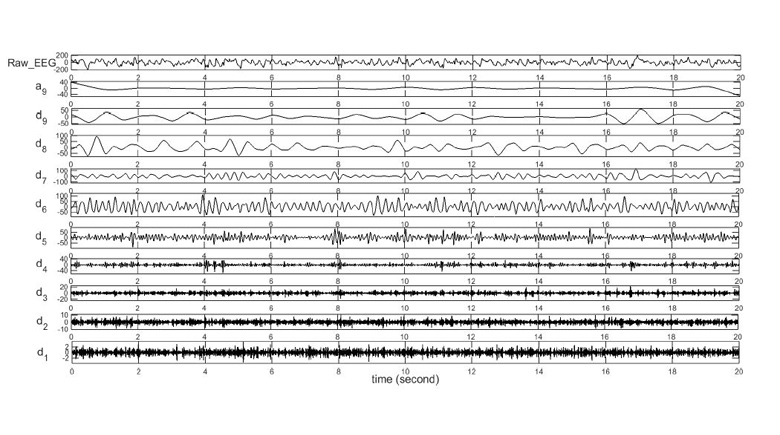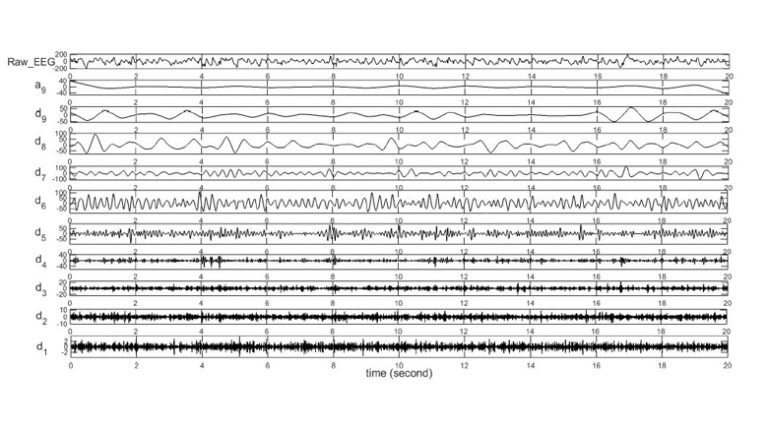
Over the past decade, with the development of machine learning, Discrete Wavelet Transform (DWT) has been widely used in computer-aided epileptic EEG signal analysis as a powerful time-frequency tool. But some important problems have not yet been benefitted from DWT, including epileptic focus localization, a key task in epilepsy diagnosis and treatment. Additionally, the parameters and settings for DWT are chosen empirically or arbitrarily in previous work. In this work, we propose a framework to use DWT and Support Vector Machine (SVM) for epileptic focus localization problem based on EEG. To provide a guideline in selecting the best settings for DWT, we decompose the EEG segments in 7 commonly used wavelet families to their maximum theoretical levels. The wavelet and its level of decomposition providing the highest accuracy in each wavelet family are then used in a grid search for obtaining the optimal frequency bands and wavelet coefficient features. Our approach achieves promising performance on two widely-recognized intrancranial EEG datasets that are also seizurefree, with an accuracy of 83.07% on the Bern-Barcelona dataset and an accuracy of 88.00% on the UBonn dataset. Compared with existing DWT-based approaches in epileptic EEG analysis, the proposed approach leads to more accurate and robust results. A guideline for DWT parameter setting is provided at the end of the paper.

